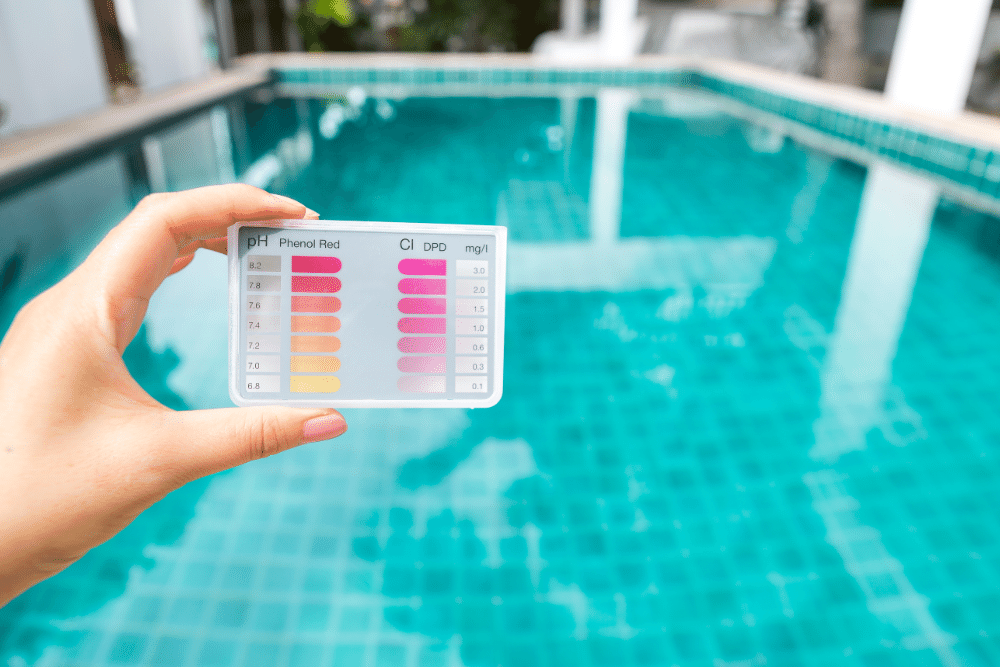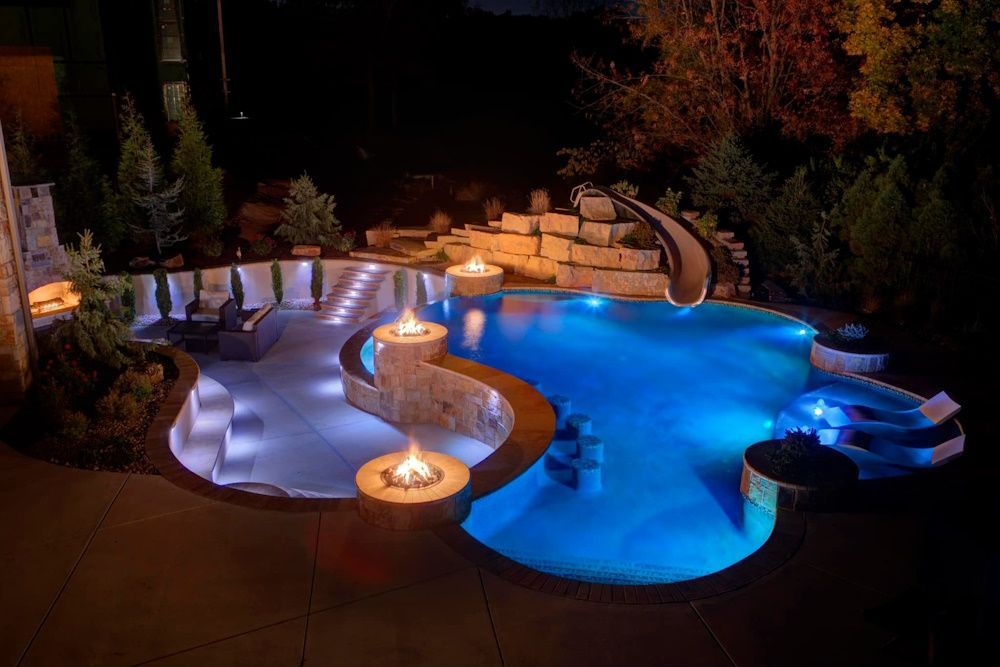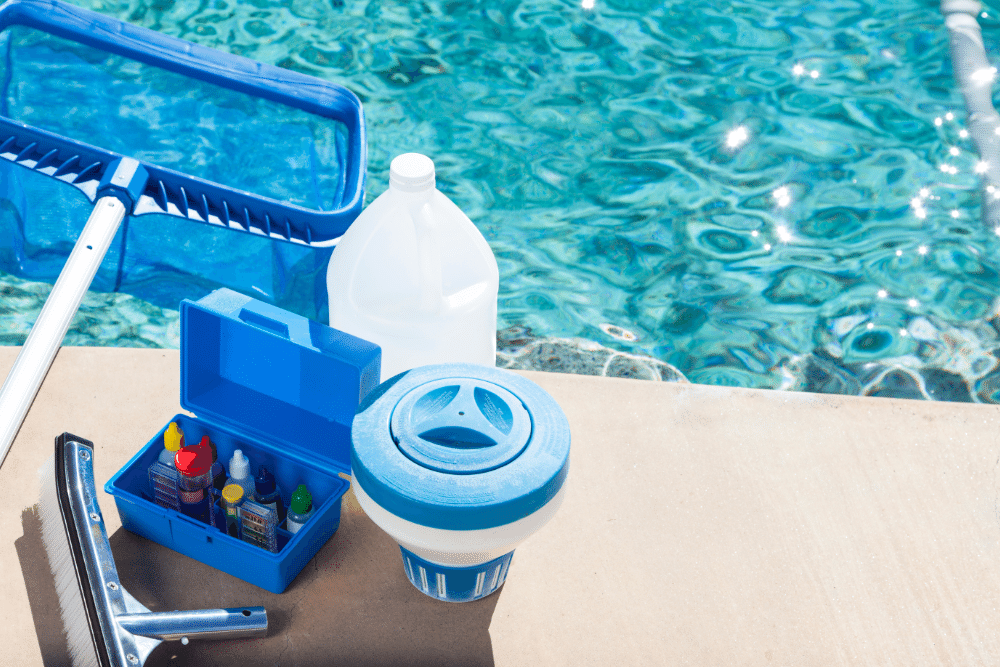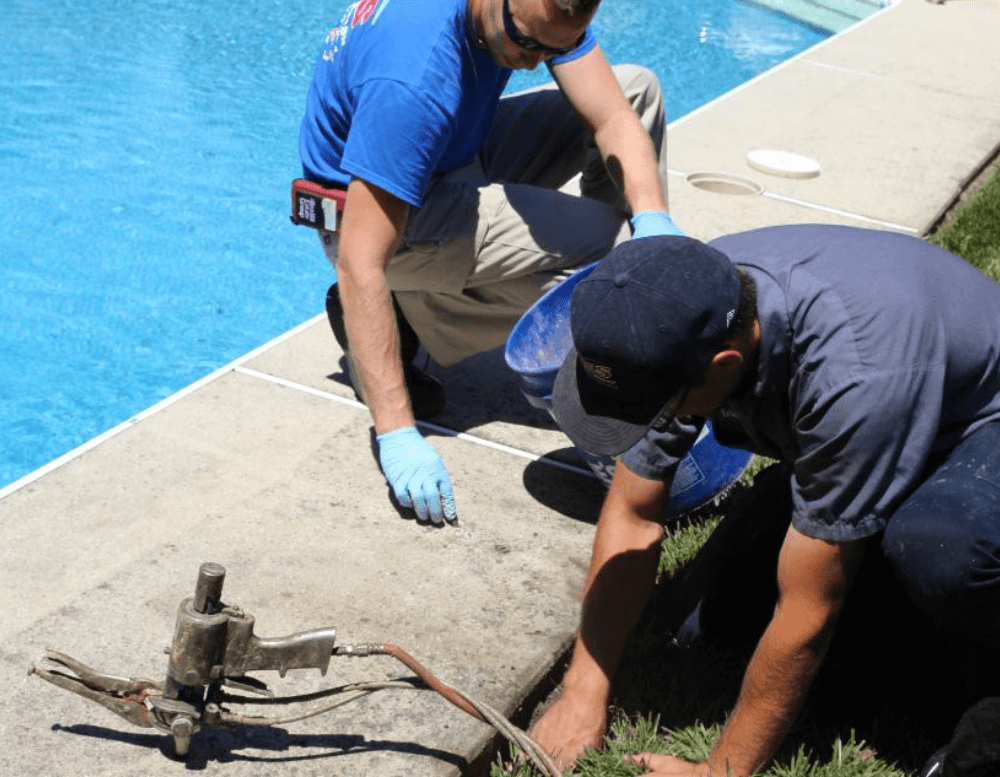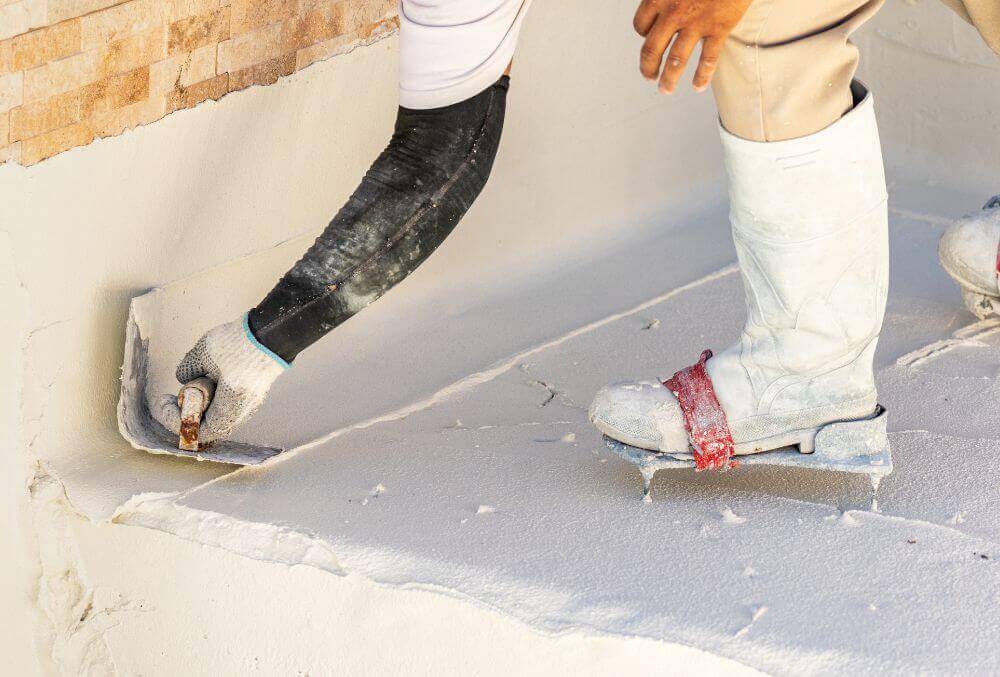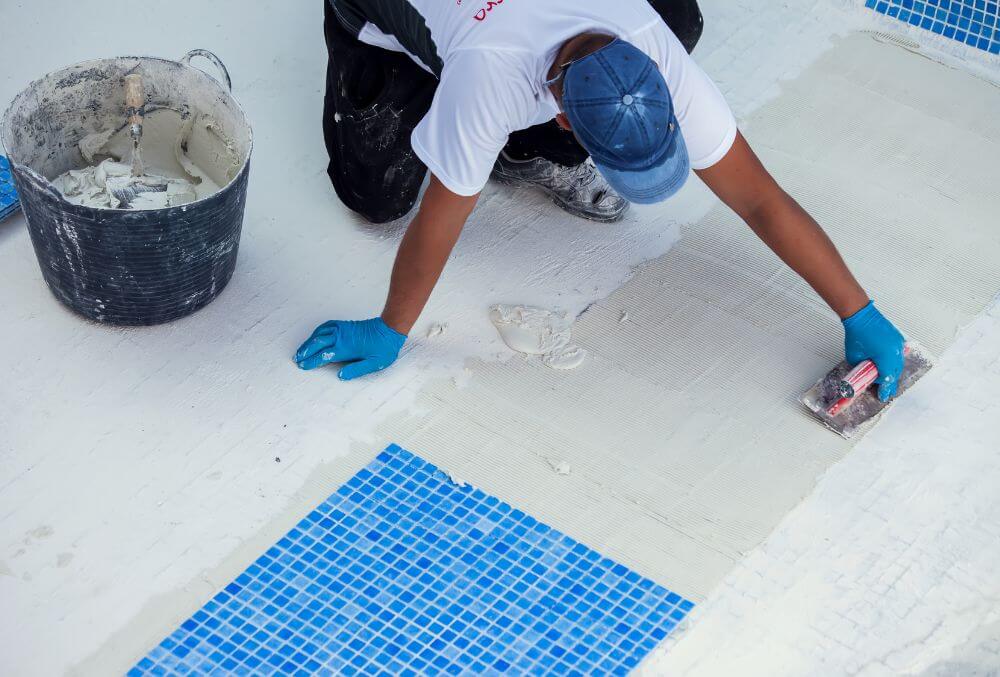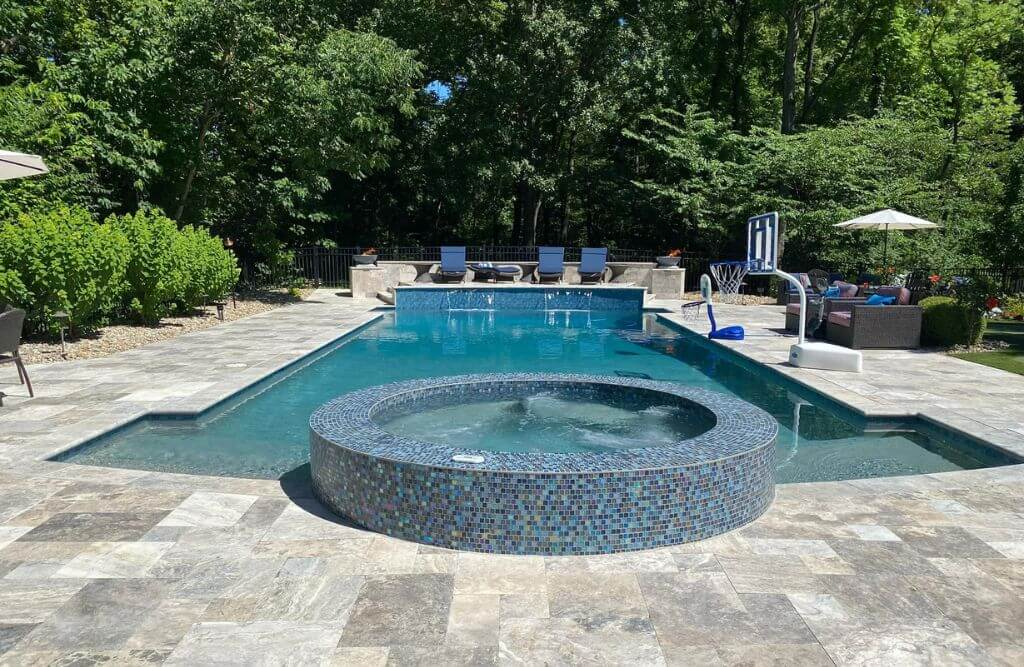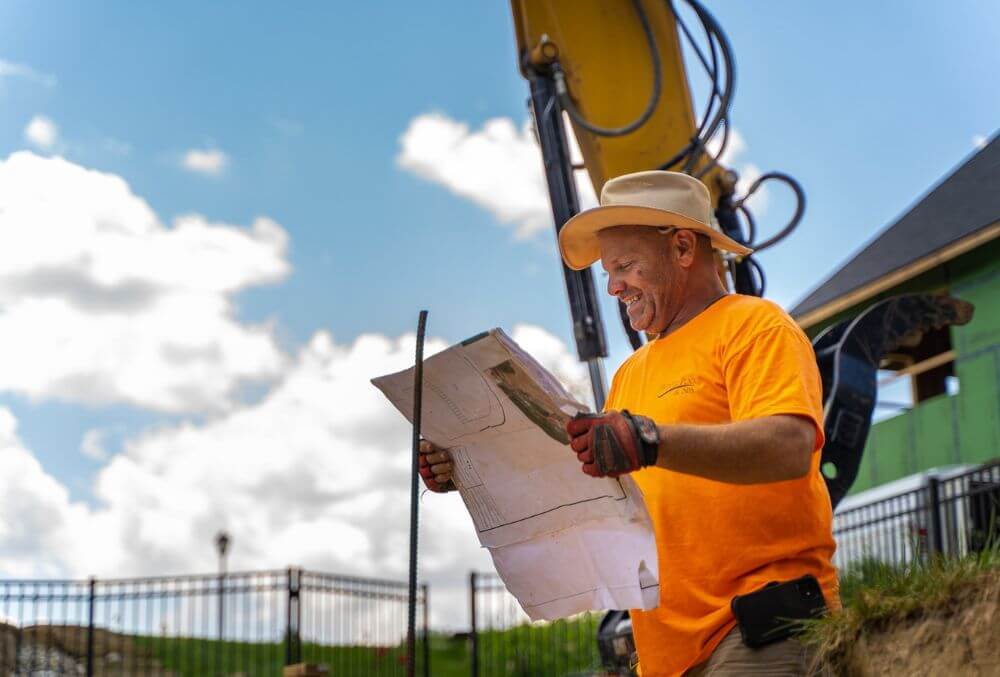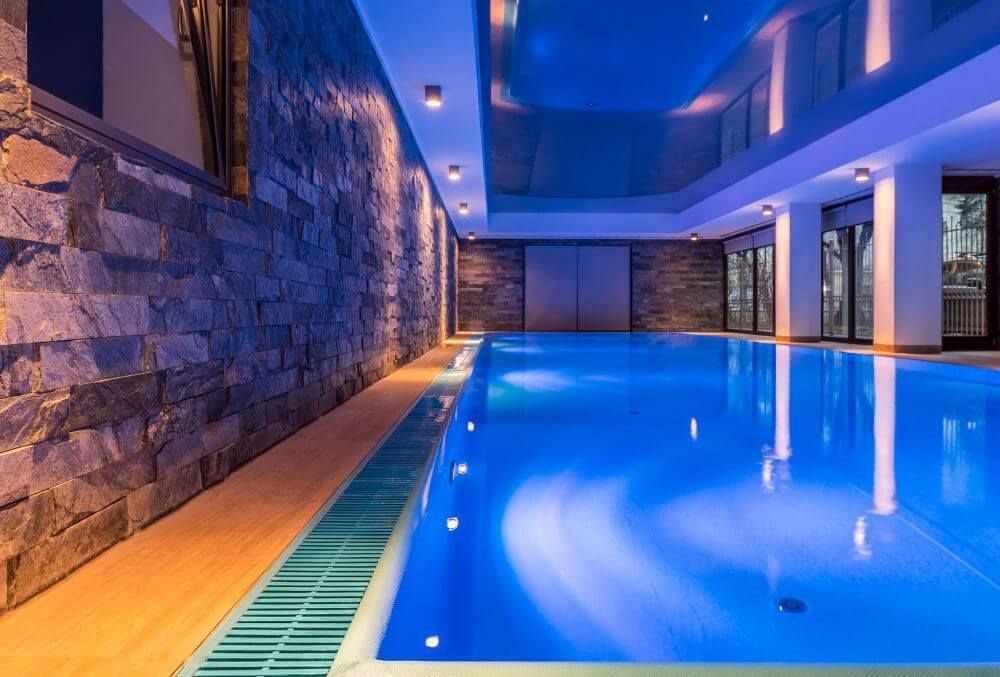Having a swimming pool in your St. Louis backyard can be a ton of fun for the whole family during those hot Midwestern summers. But according to the National Swimming Pool Foundation, without diligent care and maintenance, your pool water can become unsafe and unsuitable for swimming in just one week.
Don’t worry - with this beginner’s guide to swimming pool maintenance, you’ll learn the basics of keeping your pool sparkling from opening day to closing time.
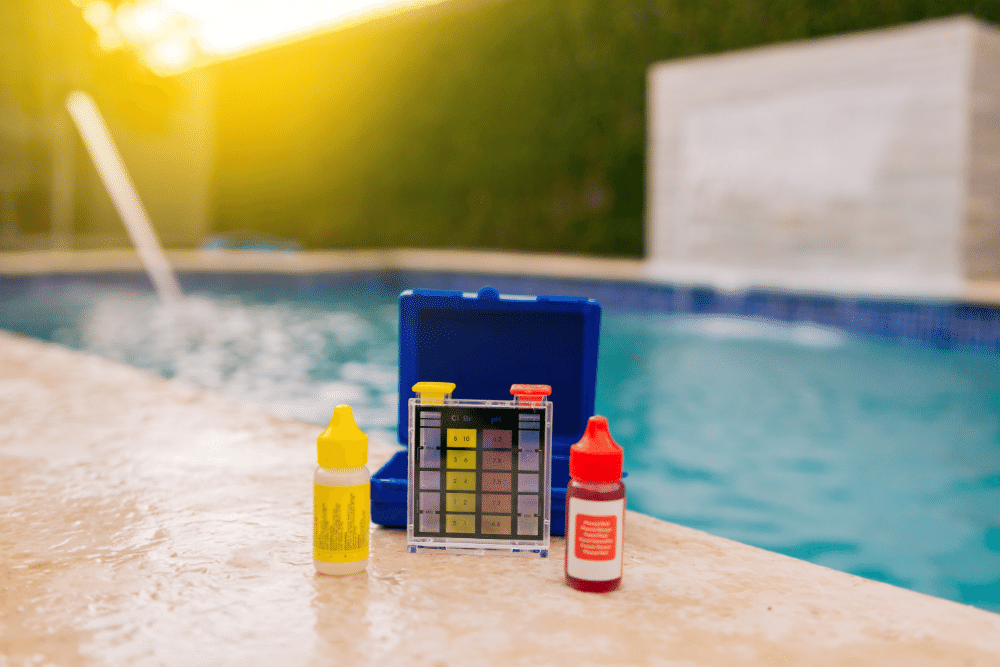
Monitor Water Chemistry Weekly
According to the Centers for Disease Control (CDC), the most important component of pool maintenance is water chemistry.
Properly balanced water not only keeps water crystal clear, but also prevents algae growth and protects the integrity of your pool system. The CDC recommends testing and balancing chemical levels at least twice weekly. Here are the key things to check:
pH Level
This measures your water’s alkalinity or acidity. The ideal pH range for pools is 7.4-7.6 on a scale of 0-14 according to the American Chemistry Council. If the level is too low, add soda ash to raise it. Too high, add muriatic acid to lower it.
Chlorine
Sanitizes your water and kills bacteria. To kill germs effectively, the CDC states chlorine levels should measure between 1-3 ppm. Add chlorine as needed but shock treat if levels drop too low.
Total Alkalinity
Buffers pH changes. The National Swimming Pool Foundation recommends keeping alkalinity between 80-120 ppm. Use sodium bicarbonate to raise low levels.
Calcium Hardness
Aiming for 200-400 ppm helps prevent pool surface corrosion according to pool industry experts. Add calcium chloride if too low.
Cyanuric Acid
This chemical stabilizer protects chlorine from the sun. Maintain 30-50 ppm, diluting if too high, advises the American Chemistry Council.
Regular Skimming and Vacuuming
In addition to monitoring chemical levels, regularly skimming debris off the water’s surface is key according to the CDC. Use a pool skimmer daily to remove leaves, bugs and other stuff that falls in. Periodically vacuuming the pool floor and walls also helps keep water clean and clear.
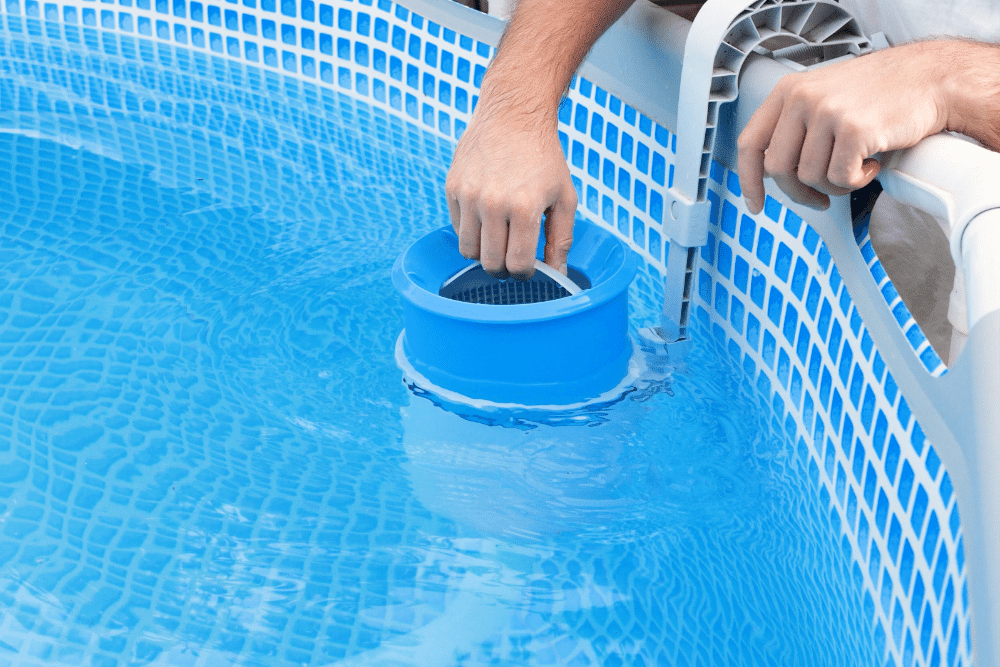
Proper Filtration
The National Swimming Pool Foundation recommends filtering your pool’s entire water volume at least once every 12 hours. Rinsing cartridge filters monthly will also maximize your filtration system’s performance.
Shock Treatment
To prevent mineral buildup and combat algae, the Pool & Hot Tub Alliance advises shocking the water with extra chlorine 1-2 times per month. Make sure to scrub the pool walls and floor thoroughly whenever you shock for maximum effectiveness.
Equipment Maintenance
The National Swimming Pool Foundation states that watching for any leaks, cracks or other needed equipment repairs during your weekly maintenance checks is critical.
It's much easier to fix minor issues early before they become huge problems. Replacing worn parts like pumps, filters and covers extends your pool gear's lifespan as well.
Opening and Closing Your Pool
As seasons change, you’ll need to prep your pool for opening in spring and closing for winter. To open properly, the NPC recommends cleaning away debris, inspecting equipment, testing and balancing chemicals, and installing safety accessories.
To close a pool, lower water levels, drain all equipment, add winter chemicals, and secure a safety cover, advises the Association of Pool and Spa Professionals.
By staying vigilant with your weekly skimming, testing, scrubbing and vacuuming, plus prepping the pool properly for both spring and winter, you can keep your St. Louis backyard oasis sparkling clean all season long.
Review maintenance guides from credible sources like the CDC to keep your pool maintenance on track. With the right chemistry and diligence, you’ll be on your way to clear, safe water and hours of healthy pool fun for the whole family this summer!

